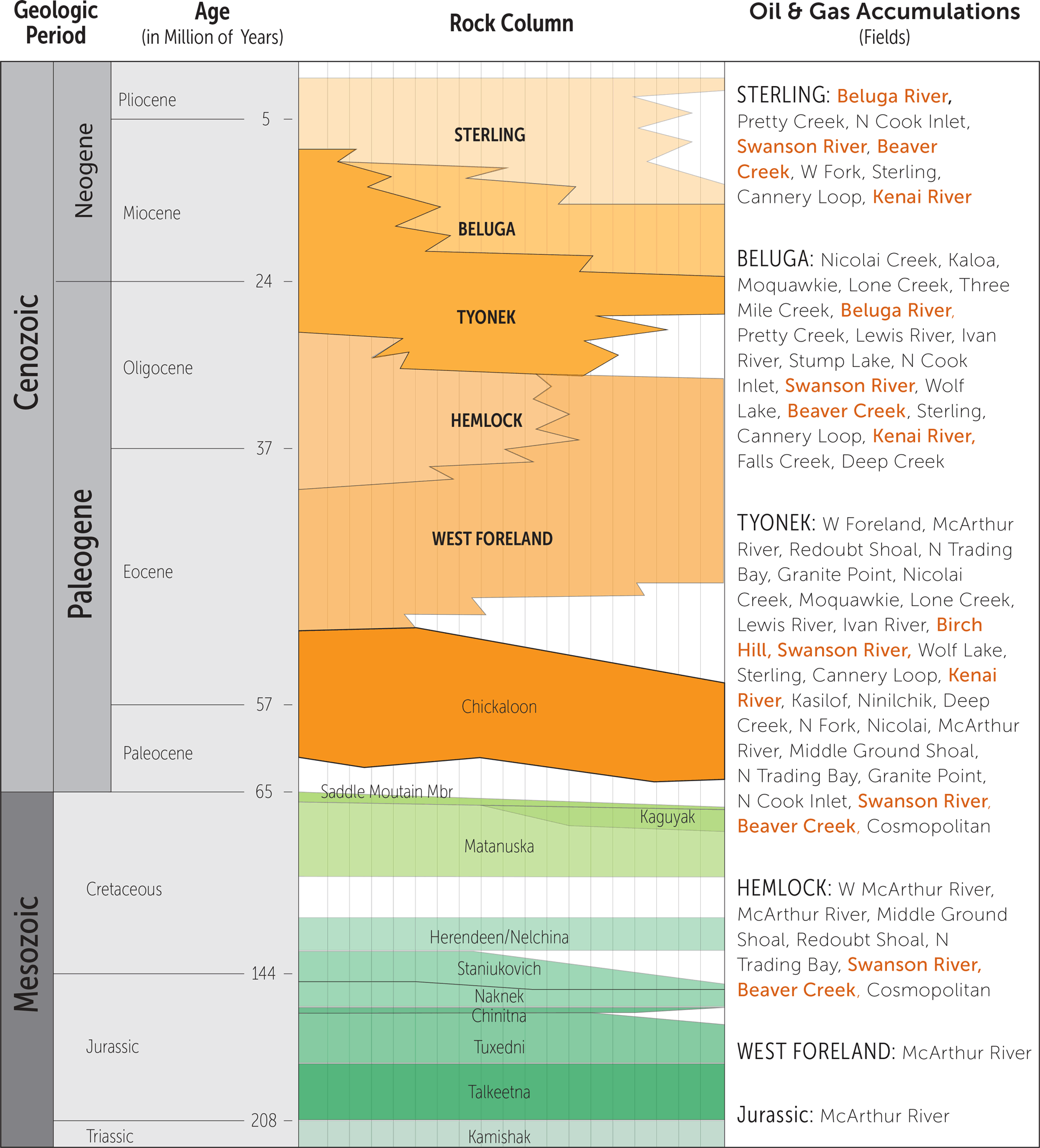Alaska Trends
ikahtnu means “big water river” or “ocean river” in Dena’ina Athabascan, referring to the inlet from the northern Pacific Ocean that Captain James Cook entered in 1778. The British Admiralty was hoping Cook would discover the Northwest Passage, but his only achievement in Alaska was completing maps of the coastline begun by Russian and Spanish explorers.
Cook was unable to appreciate the treasure buried beneath the big water river. Geologic forces created hydrocarbon reservoirs below the silty seabed. Unocal tapped that resource in 1959, discovering a major natural gas field not far from Swanson River, where Richfield Oil had drilled a successful well two years earlier. It wasn’t the first such discovery in Alaska; the tiny village of Katalla, across the mouth of the Copper River from Cordova, became a boom town after a gusher in 1902, but production ended thirty years later when the local refinery burned down.
Katalla was always considered too remote to become Alaska’s industrial heart, but the oil and gas from the Tikahtnu region had the advantage of proximity to the newborn state’s population center. Anchorage, the Matanuska-Susitna Borough, and Kenai Peninsula owe their prosperity to the energy pumped out of the big water river. Natural gas supplies electricity and heat; without it, the region might depend on coal mined from Healy or the smoky bluffs of Kachemak Bay.
This edition of Alaska Trends quantifies the riches of natural gas from Cook’s inlet. The resource has lately lagged behind the region’s demand, as described in this month’s article “Running on Fumes” by Alexandra Kay, but it’s not exhausted yet, and new explorers are working hard to keep the flame burning.![]()









